As the lockdown eases, there are so many more things that we can partake in again: pray in a place of worship; meet a friend in a park; have our favourite ice cream, but there are also some things unique to lockdown, that we might no longer be able to do.
During the weekends of lockdown, as a treat from the weekday evening walks to the park, my husband and I used our daily exercise allowance to walk in London neighbourhoods. The motivation was our desire to visit a different museum (alas from the outside) each time and, thus, keep some sense of normality in our lives.
Even though all of our mini expeditions had a cultural visit, the journey of aimlessly meandering became by far the most pleasurable element. The streets of London were deserted, with no cars, no bicycles and in most cases, no pedestrians in sight. The city was ours.
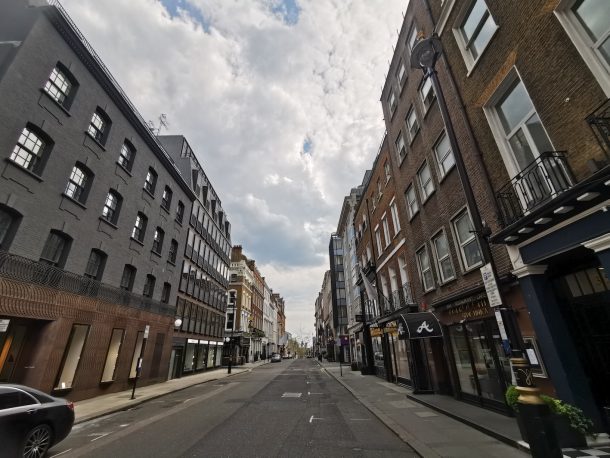
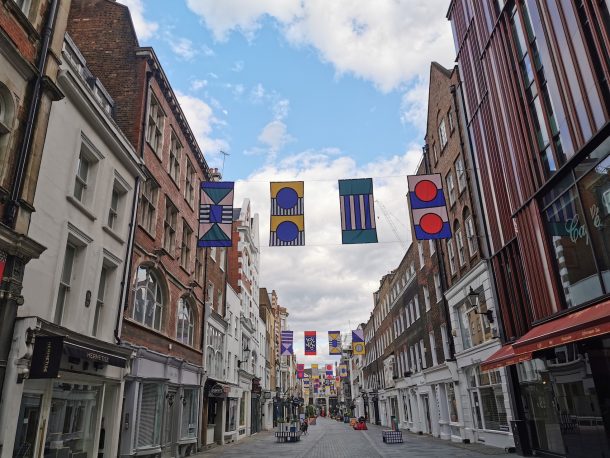
Strolling together in the middle of the street, we could symmetrically take in the buildings at both sides. London’s architecture, even to untrained eyes, is fascinating. Townhouses and buildings of different eras, standing next to each other, in harmony (at least in most cases).
Many years ago, a good friend had left me an out-of-print book on London’s architecture. “Use it and walk aimlessly around the city”, he had said, “until I return.” Walking aimlessly in the city is a luxury for time-deprived, rushed Londoners. The time came though, and the book was now helping us to get a better understanding of the architecture, notice details and features and contextualise our walks.
Saturday evenings were especially poignant. Fitzrovia, Notting Hill, Mayfair, Belgravia, Pimlico, Clerkenwell, Holborn, Covent Garden, Marylebone, Soho… neighbourhoods that would normally bustle with life, lay silent and still. There was life though behind the facades and the Coade stone decorated doorways. As sunlight faded, rooms were lit and shadows appeared behind the curtains.
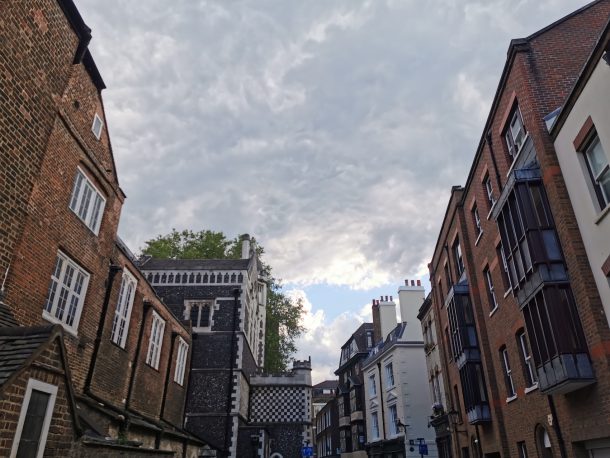
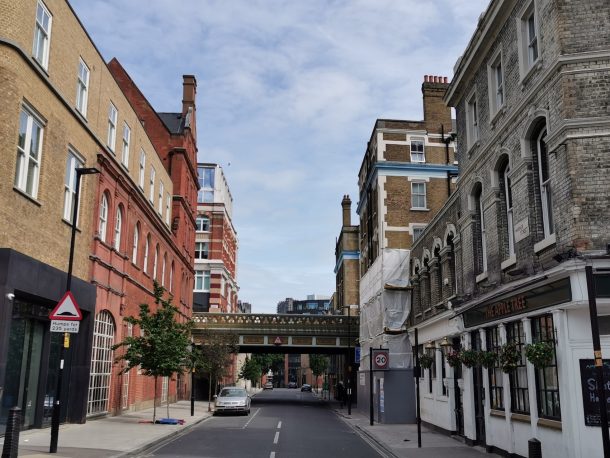
The temptation was too great. Overcome by curiosity and despite my companion’s discouragement, I would peak through the window to admire a chandelier, see what was on a kitchen table, look at an unusual decorative ornament or what pictures were on the walls.
I cannot recall when or where the game started or even which one of us initiated it, but each time a window was lit, we made a story about the people living in the flat or the house. Inspired by the façade, our glimpses of the décor and the location, we created elaborate stories, questioning and assisting each other to build up the story of the people, their sartorial choices, their occupations, their values and politics.
One day, while I was working at home, I made the link between the game my partner and I were playing in the empty streets of London with our current efforts to transform the Museum of Childhood into a museum of creativity and design for the young.
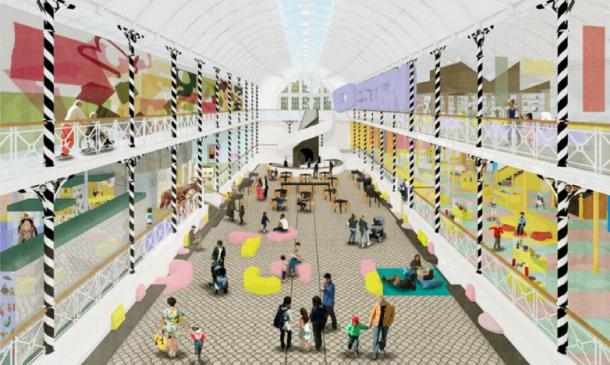
We hold a collection of around 100 dolls’ houses, models and shops of national and international importance. They provide us with information of how people used to live as well as what some children used to play with. Our dolls’ houses are very different to our own current dwellings and those of our audiences, and as a result are not so relatable to children today.
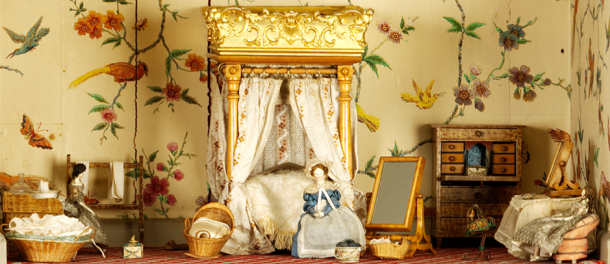
With my team and the designers, we pondered how we could display the dolls’ houses in novel ways, that would enthuse children and inspire them to imagine and play, while enabling everyone to admire them as objects of beauty, design and history. Our design plans are reminiscent of the lockdown experience of London streets. Walking down one of the rooms in the new museum, will be like strolling down a street with townhouses of different periods and eras on either side. Little moments of surprise will delight children and spark their imagination to make up stories of the houses’ inhabitants and life in that street. There will also be opportunities for children to go behind purposefully-built dolls’ houses and animate them with their stories and games.
It is uplifting to see London streets coming back to life and enjoyable to be part of the awakening, but I will surely miss our spontaneous story-making in the empty cityscape during lockdown.
Further Reading:
Halina Pasierbska, Dollhouses: From the V&A Museum of Childhood, V&A Publishing, 2008.
‘How to make a dolls’ house’, V&A Museum of Childhood Facebook Page, 12 February 2020.
‘Top 10 Spots To Admire Georgian Architecture In London’, Charlotte Gunnell, Culture Trip, 24 January 2017.
‘Lady’s Guide to the 17 Prettiest London Neighborhoods’, A Lady in London, 13 September 2018.
‘25 Must-See Architectural Landmarks in London’, Stephanie Strasnick, Architectural Digest, 15 March 2016.
Related Objects from the Collections:
V&A Museum of Childhood doll houses
The Forster Baby House, early 18th century, (B.38-2017)
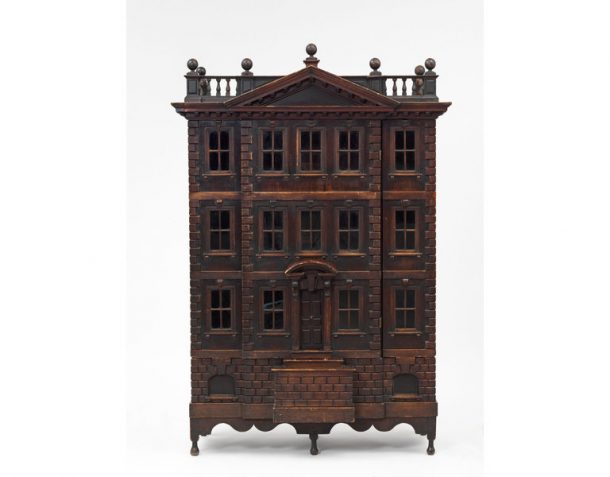
The Hibberd House, early 19th century, (MISC.1-1982)
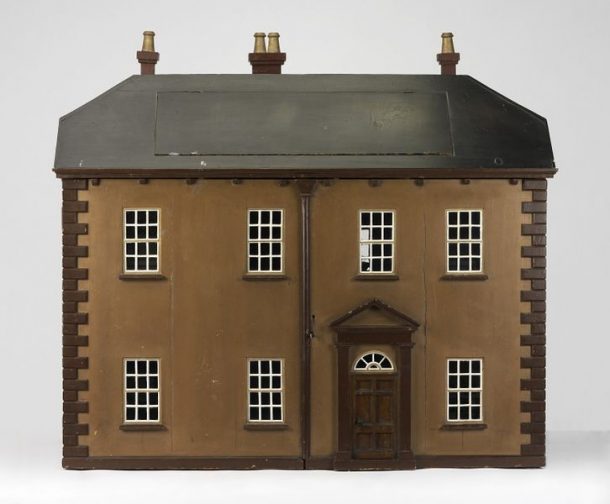
Ultra Modern Dolls’ House, 1937, (MISC.65-1975)
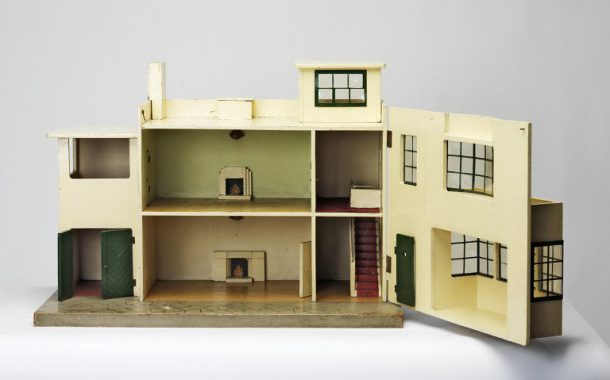
Qubis Haus, 2014, (B.95:1 to 8-2014)
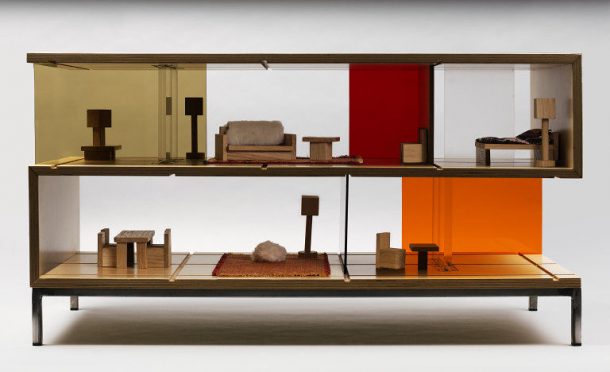
Place (Village) by Rachel Whiteread, 2017, (B.21-2017)

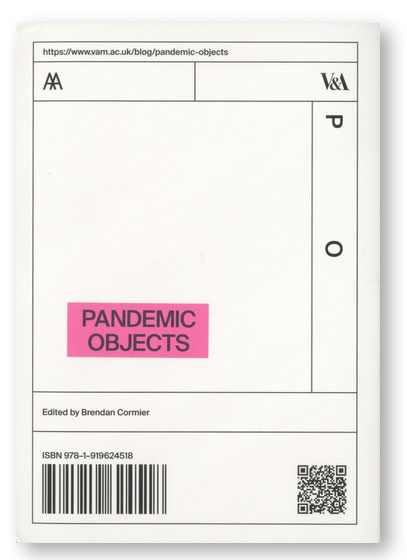
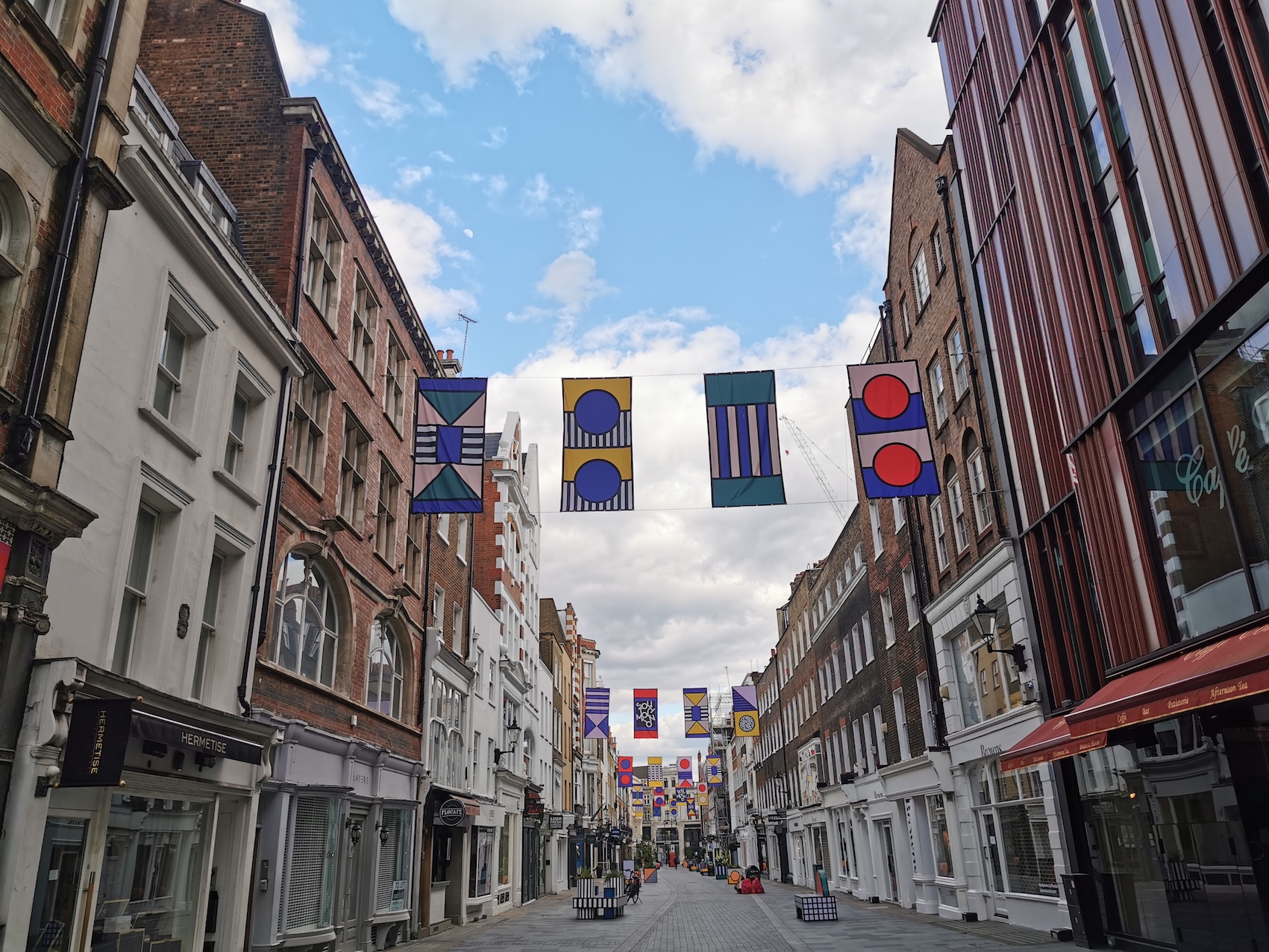
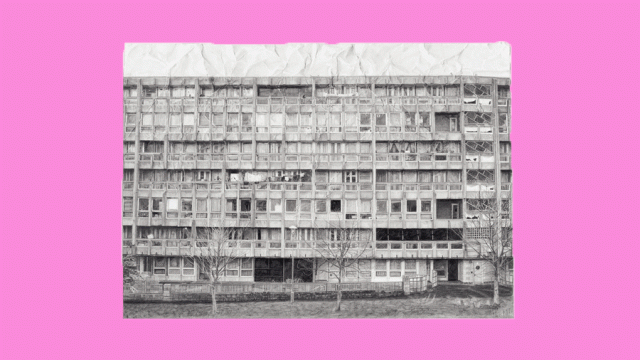
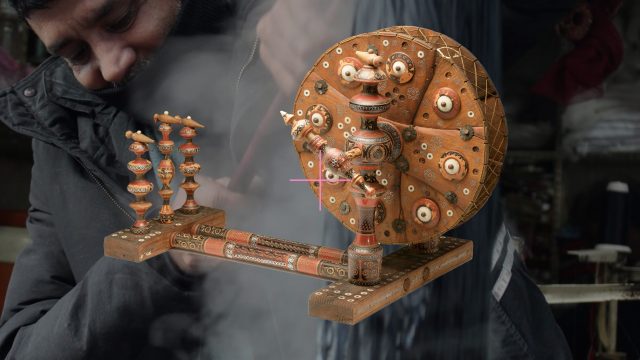
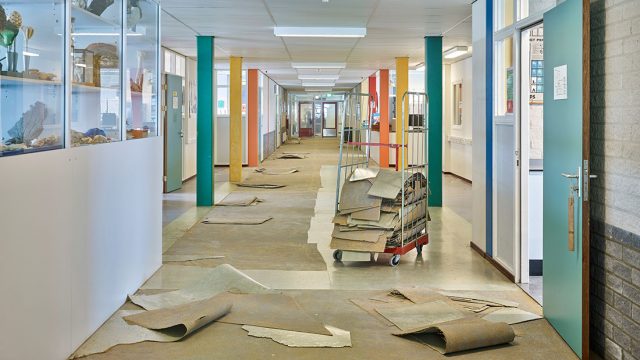
This was beautiful Gina. I loved the thought of wandering the deserted streets inventing stories about the inhabitants. Love the dolls houses.